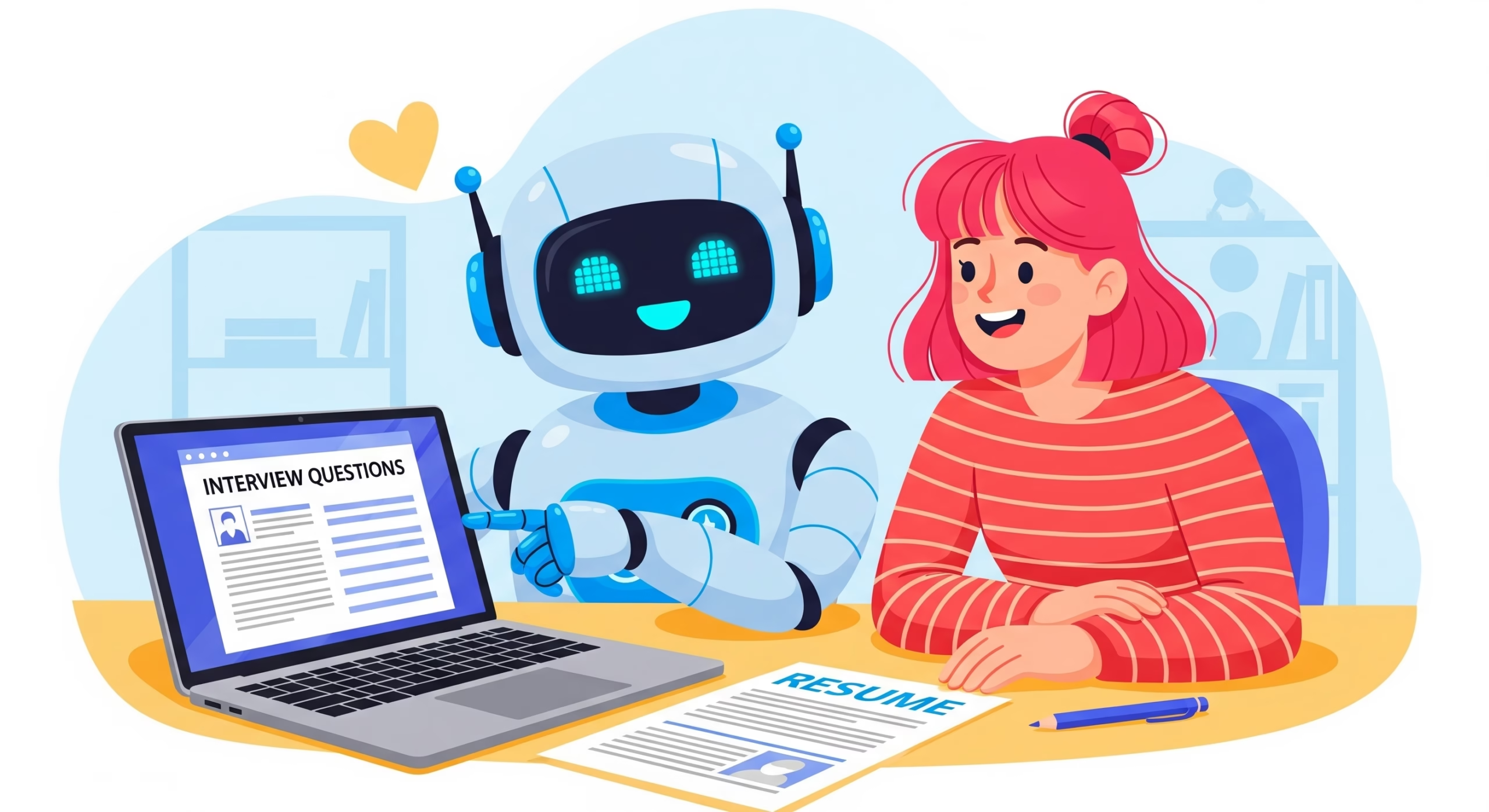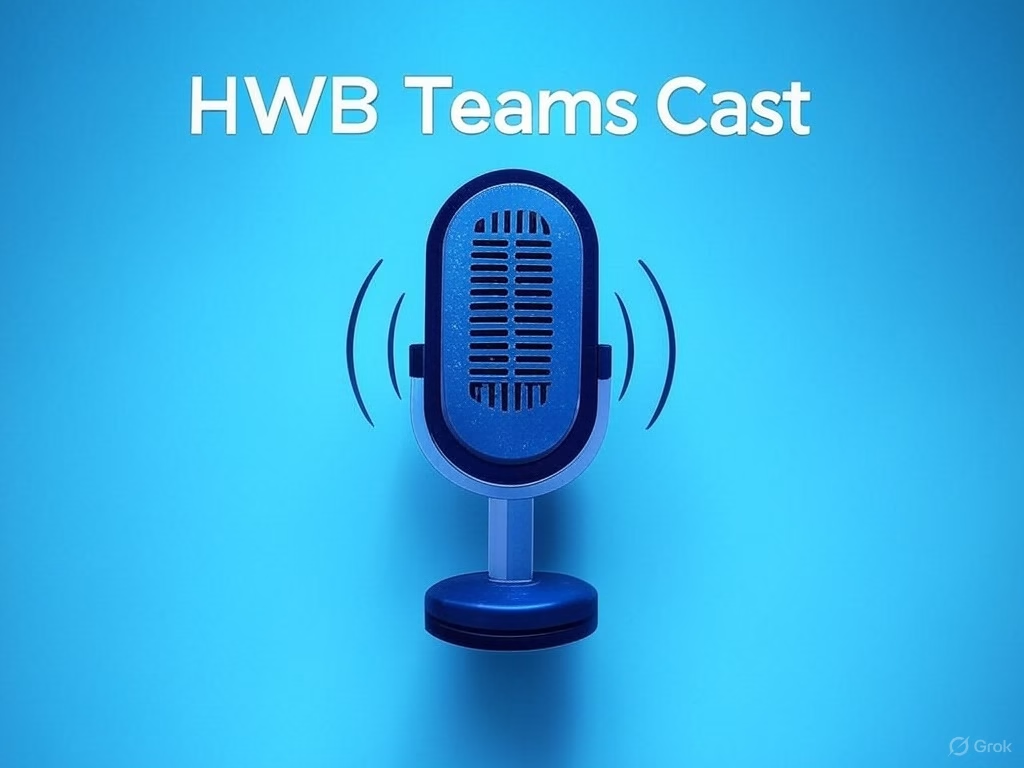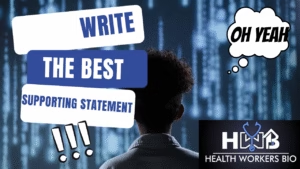Ace your next Interview: 5 Steps to Success with a Little Help from AI
The traditional face-to-face interview has long been a cornerstone of the hiring process, a two-way street where honesty, professionalism, and mutual respect are paramount. For […]
by

The traditional face-to-face interview has long been a cornerstone of the hiring process, a two-way street where honesty, professionalism, and mutual respect are paramount. For the candidate, it’s a chance to showcase their skills and personality. For the employer or interviewer, it’s an opportunity to find the perfect fit for their team. In this dance of questions and answers, a basic code of ethics has always been the unwritten rule: be on time, be truthful, and be prepared. But in today’s competitive job market, preparation has taken on a whole new dimension, and a powerful new ally has emerged: Artificial Intelligence.
Here are five steps to meticulously prepare for your next interview, blending timeless advice with cutting-edge technology to give you a significant edge.
Step 1: Become an Organisational Insider
Before you can impress any team who is looking to understand you, you need to understand it. This goes beyond a glance at their “About Us” page. Delve into their vision and mission statements. What are their core values? What are their recent achievements and where are they heading? Pay attention to their staffing structure – who are the key players? Look for something peculiar, a unique project, a recent award, or a community initiative that resonates with you. This deep knowledge will not only help you tailor your answers but also demonstrate a genuine interest that sets you apart.
Step 2: Know Your Interviewers (and Let Them Know You)
This may seem bold, but the rewards can be substantial. If possible, try to identify who will be on your interview panel. A professional networking platform like LinkedIn can be an invaluable tool for this. Gather facts about what they are working on. I once had an interview where someone on the panel is known for talking about ‘quality improvement in the trust. You already know what i did – i found a way to mention it during interview and you could see this person pay so much interest. Once you know who they are, you could also consider reaching out to one of them for a brief, informal chat. Frame it as an opportunity to better understand the nuances of the role and the team dynamics. This proactive approach can positively influence their psychological perception of your seriousness and dedication. It also provides you with a golden opportunity to ask insightful questions that may not be covered in the formal interview, helping you to ascertain if the role is truly the right fit for you.
Step 3: Lay the Groundwork: Gather Your Facts
With a solid understanding of the organisation and a potential inside track with your interviewers, it’s time to turn the focus back on yourself. Meticulously review the person specification for the role one more time. Create a comprehensive document that maps your skills, experiences, and accomplishments to each requirement. Gather concrete examples and quantify your achievements wherever possible. This is your evidence-based arsenal, the foundation upon which you will build your compelling narrative.
Step 4: ‘AI dey for you’: Your Digital Interview Coach
Here’s where you leverage the power of artificial intelligence. Choose your preferred AI tool, be it Gemini, ChatGPT, or another advanced language model. Upload the job description and person specification. Then, use a prompt designed to generate tailored interview questions and sample answers. For example:
“Read through this person specification and generate a list of potential interview questions, including both technical and behavioural examples, tailored to this role. Also, provide sample answers that a strong candidate might give.”
To further enhance the output, you can provide the AI with your CV or resume. This will allow the model to craft sample answers that are not only relevant to the role but also aligned with your specific background and experience. This step can be a game-changer, helping you anticipate questions you might not have considered and formulate articulate, well-structured responses.
Step 5: Practice, Practice, Practice
You now have your research, your insights, and a set of AI-generated questions and answers. The final, crucial step is to bring it all together through practice. Find a trusted friend, mentor, or family member to conduct a mock interview with you. Provide them with the questions you’ve prepared. The key here is to practice a consistent approach. Use the STAR method (Situation, Task, Action, Result) to structure your answers, providing clear and concise examples of your capabilities. Pay attention to your body language, your tone of voice, and the clarity of your communication. The more you practice, the more confident and polished you will become, ready to walk into that interview room and shine.









Leave a Reply